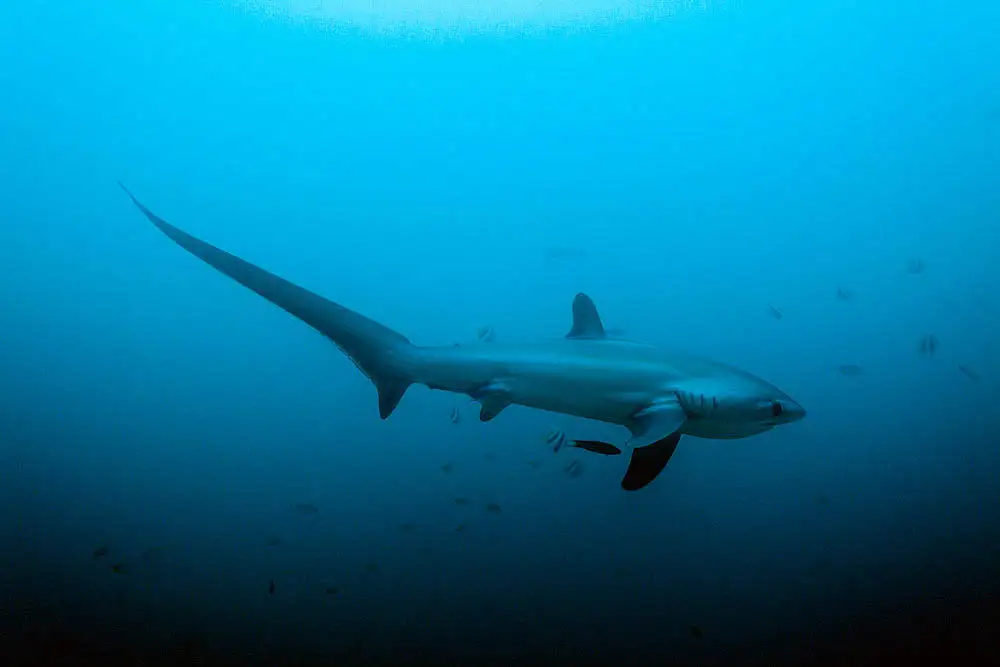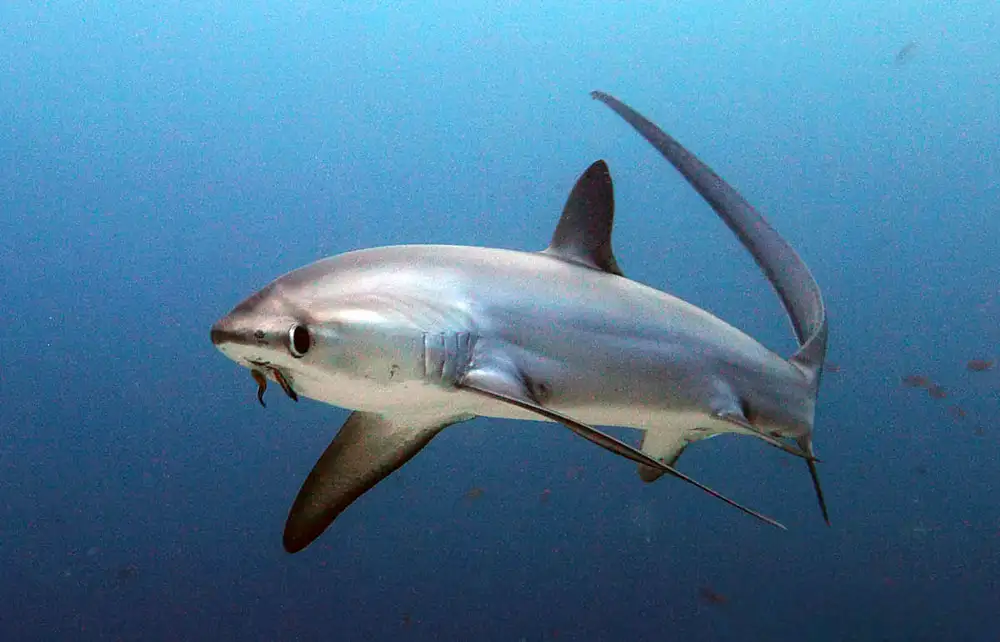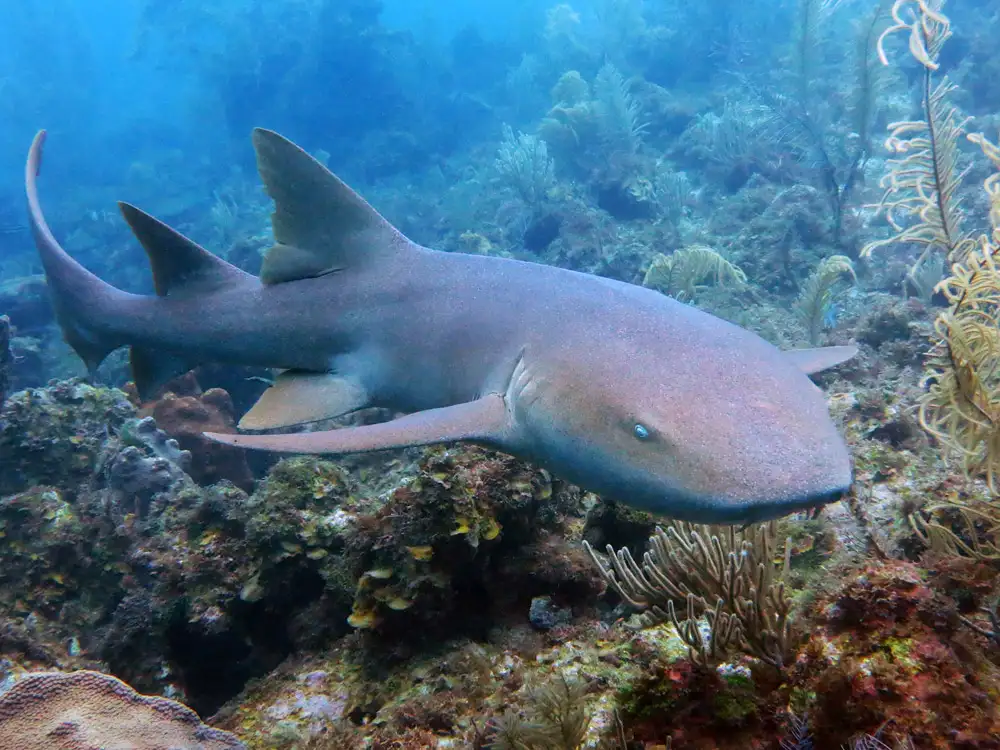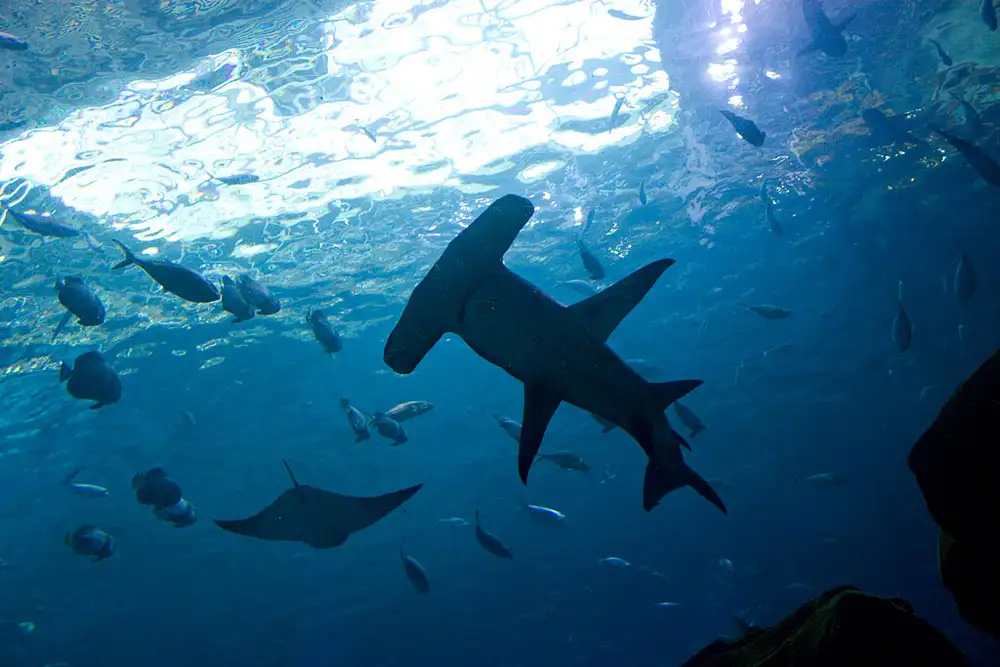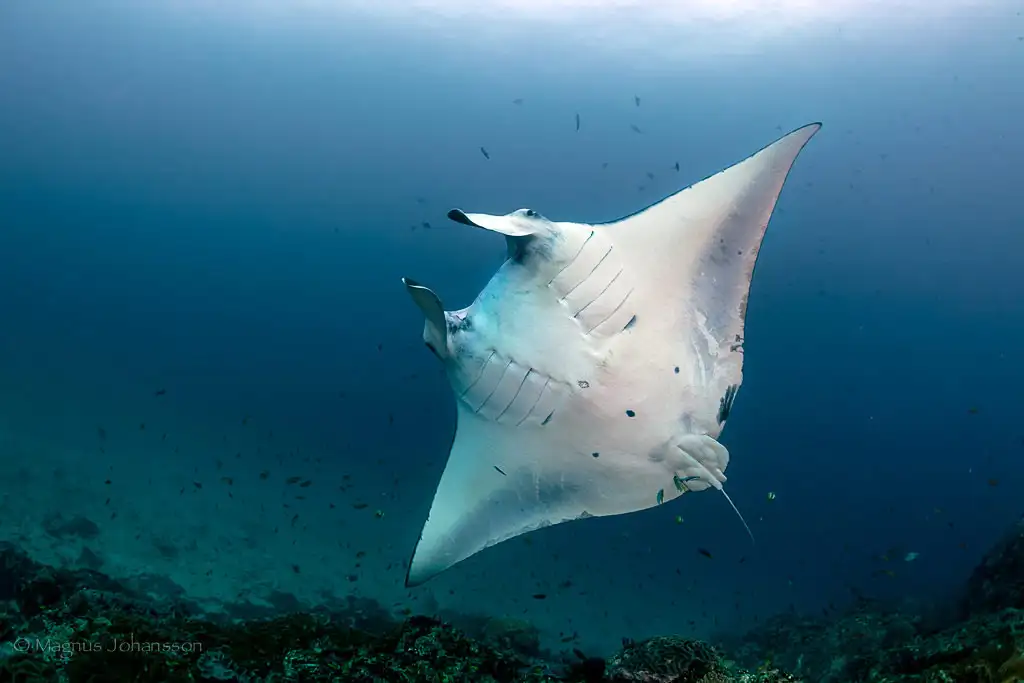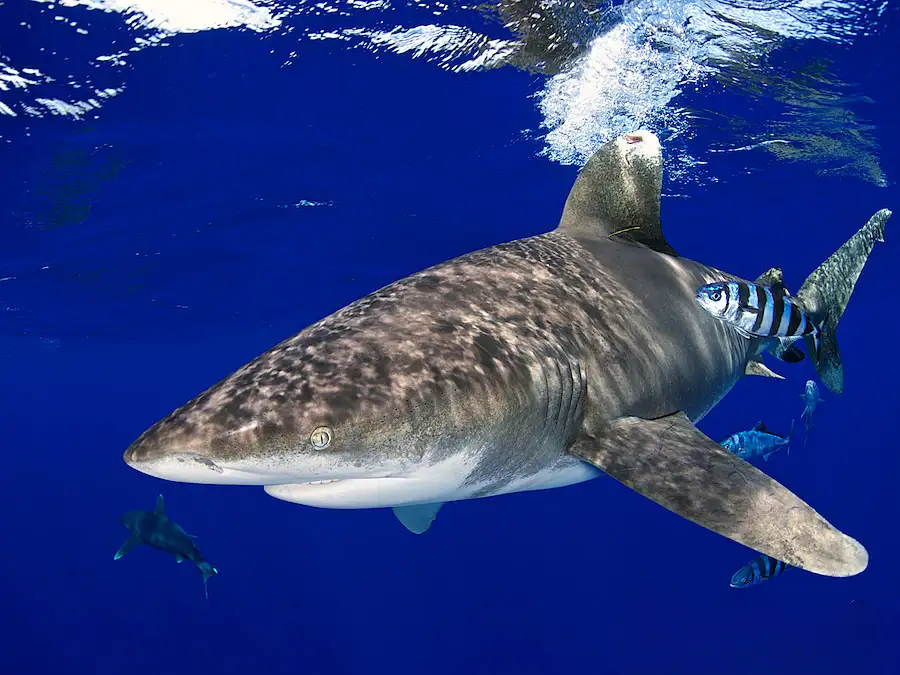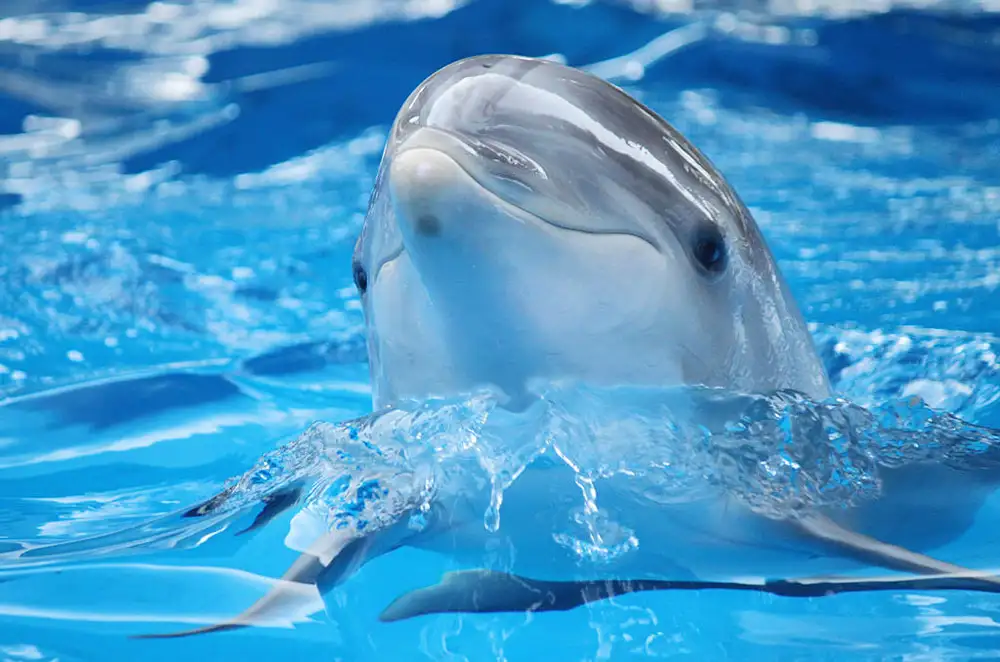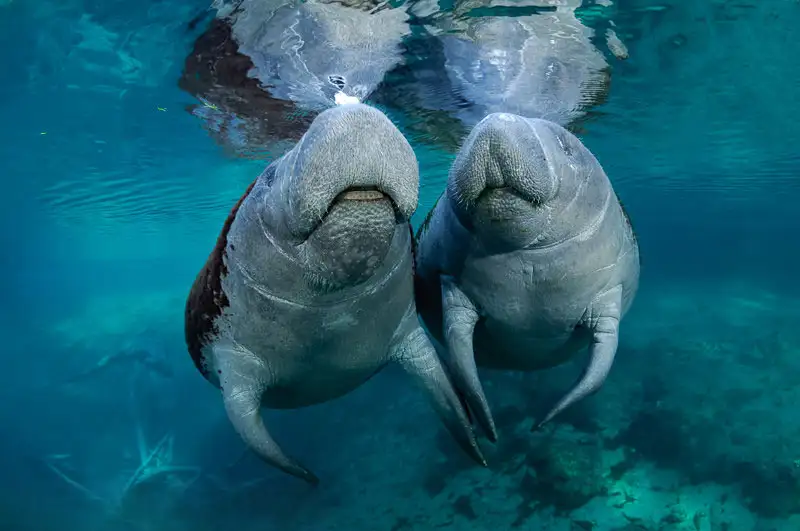Thresher Sharks
IUCN
Not evaluatedBasic Information
Scientific classification
- name:Thresher Sharks
- Scientific Name:Alopias (genus)
- Outline:Large Fish
- Family:Alopiidae Alopias
Vital signs
- length:Commonly 2.5–4.5 m; max >5 m
- Weight:Approx. 100–350+ kg
- lifetime:c. 15–30+ years
Feature
Extra‑long upper caudal lobe; tail‑slap hunting; aplacental viviparity with oophagy; low fecundity; epipelagic–upper mesopelagic predator.
Distribution and Habitat
Temperate–tropical oceans from outer shelves to open water; associated with fronts, upwellings and bait aggregations.
Appearance
Streamlined body; very long upper tail; long narrow pectorals; mid‑body first dorsal; bigeye species with huge eyes/groove.
Details
Alopias, the thresher sharks, belongs to family Alopiidae (order Lamniformes) and comprises three extant species: A. vulpinus (common thresher), A. superciliosus (bigeye thresher) and A. pelagicus (pelagic thresher). They are distinguished by an extra‑long upper caudal lobe used to tail‑slap and stun schooling prey.
Ecology & Behaviour
Diet: small pelagic fishes and cephalopods; cooperative encirclement and dawn/dusk foraging on bait balls are common.
Reproduction: aplacental viviparous with oophagy; low fecundity and late maturity.
Habitat use: coastal‑oceanic, mainly epipelagic to upper mesopelagic (0–200 m+); bigeye threshers frequent deeper, low‑light layers.
Identification
Elongate, streamlined body; upper caudal lobe longer than the body depth; long narrow pectorals; first dorsal fin mid‑body. Bigeye thresher has very large eyes with a distinct supraorbital groove; pelagic thresher is slimmer and more uniformly coloured; common thresher is the most robust.
Size & Longevity (genus range)
Length: commonly 2.5–4.5 m; maxima >5 m.
Weight: roughly 100–350+ kg.
Life: about 15–30+ years.
Range & Habitat
Nearly worldwide in temperate to tropical oceans—from outer shelves to the open sea—tracking fronts, upwellings, seamounts and prey aggregations.
Threats & Conservation
Fisheries pressure: significant bycatch and targeted catch in longlines, gillnets and trawls; fin/meat trade.
Intrinsic vulnerability: low fecundity and late maturity lead to slow recovery.
Management priorities: bycatch reduction (circle hooks, weak links, best‑practice release), spatio‑temporal management of hotspots, size/quotas and international cooperation. All Alopias spp. are listed on CITES Appendix II (regulated trade).
FAQ
Q1. Quick field cue? The greatly elongated upper tail used for tail‑slapping schooling fish.
Q2. Dangerous to people? Generally shy and non‑aggressive; powerful tail warrants respectful distance.
Q3. How do the three species differ? Bigeye: very large eyes/deeper habitat; Pelagic: slimmer, more uniform colour; Common: most robust and widely distributed.
Q4. IUCN? This is a genus overview—Not evaluated as a whole; species‑level categories vary and several are threatened.

